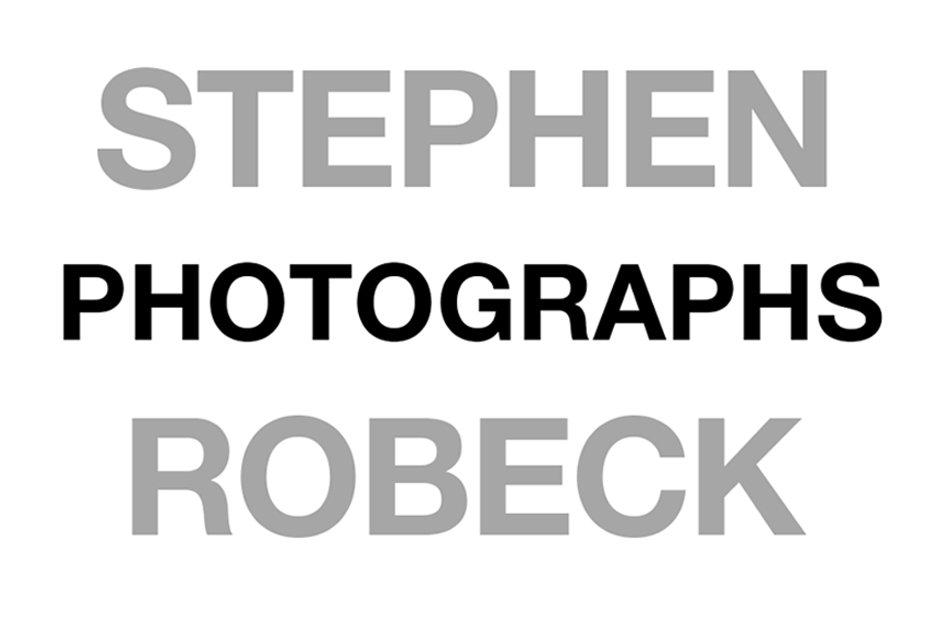Is Photography Really Art?
NOTE: This post was originally part of the "About" section of my website.
So who's to say? Photography and painting both are used to create two-dimensional images, albeit with decidedly different materials and techniques.
A survey of painting since the Renaissance will show an enormous range of subjects and styles. This isn’t surprising since the works of, say, Botticelli and Picasso were separated by 450 years. Are they radically different? Yes. Do they appeal to the same aesthetic sensibilities? No. Do they both qualify as art? Absolutely.
But photography has been around for less than 200 years, and has been most widely used as a way of literally documenting people, places and events. Early cameras and darkroom techniques made it difficult to do much else. But today the tools available to photographers are powerful indeed, and creative boundaries continue to expand. Major contemporary art galleries around the world regularly feature photographic artists and collections with an amazing array of subjects and styles. The image at left is Untitled #96 by Cindy Sherman, who is famous for her series of large-scale self-studies, usually with a remote shutter release in one of her hands. She works by herself and uses costumes and makeup to "become" the subject of the photograph. Having seen a lot of Sherman's work in galleries, I can tell you that it's unique, very compelling, and often disturbing. Sherman worked with film for many years but now uses digital cameras. For what it's worth, Sherman made Untitled #96 in 1981 as an edition of 10. In 2011, thirty years later, one of the 10 sold for $3.89 million.
Painters freely create whatever reality they conceive and have the skills to render in a way that’s pleasing to themselves and, sometimes, to others. Photographers begin with a captured image (staged or encountered, via film or digital sensor) and proceed to “develop” the image using tools appropriate to the method of capture. Ansel Adams (like so many others) was very skilled in the field, hauling his large cameras and glass plates to amazing vantage points and waiting for the perfect light. But his creative mastery was in the darkroom, as a printer, where he painted with light and manipulated chemistry to create images that matched his vision. Adams himself likened the negative to a composer’s score and the print to its performance. The last image here is Big Self-Portrait by Chuck Close, done in the late 1960's. It's huge, almost seven feet high. The first time I saw it from across a large gallery I thought, "Wow, what an amazing photograph." But when I got closer I could begin to see the fine brush strokes of this remarkable painting.
The debate about photography as art has been raging since the mid 1800's and is likely to continue. But just as few would now dispute that Andy Warhol's silk-screen soup cans qualify as art, photography is being more widely accepted as an exciting, fast-evolving art form.
NOTE: The Guardian ran a great story shortly after Gursky's Rhein II sold for a record price in 2011. "Photography: Is It Art?" is an excellent, short survey of photography's evolution in the shadow of painting. Be sure to read the "Comments" at the end.


